Turkish Museums: 15 Must-See Works of Art
Turkey is a land of rich cultural heritage and boasts a diverse array of historical treasures. Among its many cultural offerings, Turkish museums house some of the most impressive works of art and artifacts from different periods and regions. From ancient civilizations to modern art, Turkish museums offer a unique opportunity to explore the country's fascinating history and cultural evolution. In this blog, we have compiled a list of 15 works of art that you simply cannot miss when visiting Turkish museums. Whether you're a history buff or an art lover, these masterpieces are sure to leave a lasting impression on you.
1. Hittite Sun Kursy:
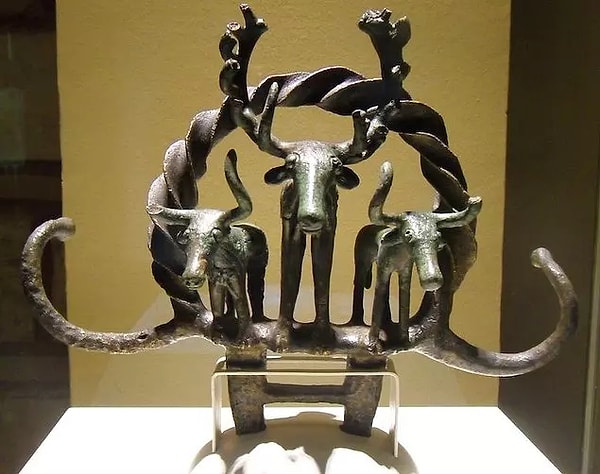
This is a wooden throne made by the Hittites in 2500 BC, discovered at the Hattusha ruins. It is decorated with the image of a sun disk and is considered one of the most important Hittite artifacts.
2. The Head of Alexander the Great:
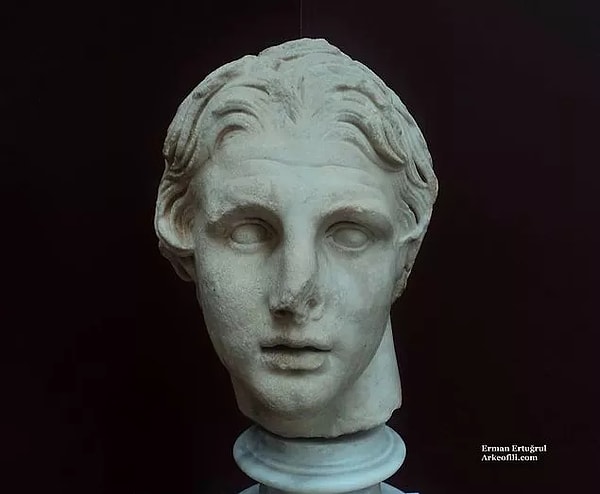
This is a marble sculpture of Alexander the Great from the 2nd century BC, depicting him as a young man. It is one of the most important artifacts in the Istanbul Archaeological Museum's collection.
3. Hadrian:
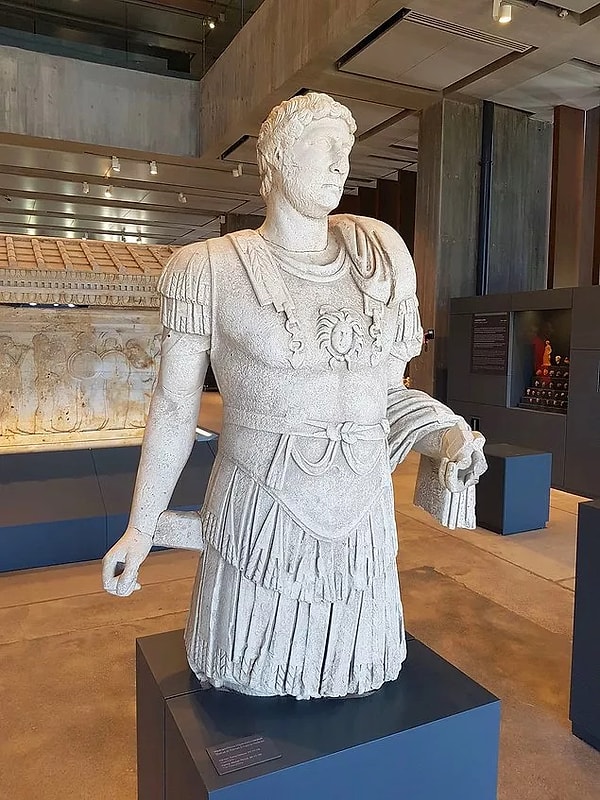
This is a bronze statue of the Roman emperor Hadrian, who ruled from AD 117 to 138. It was discovered in the ancient city of Troy and is now displayed in the Troy Museum.
4. The Sitting Woman:
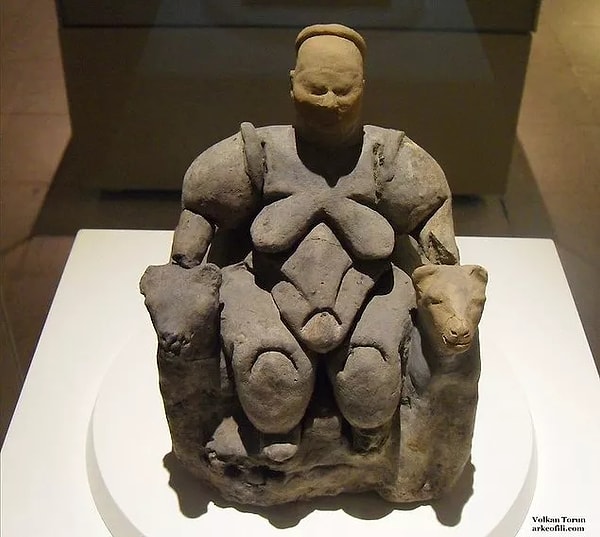
This is a Neolithic statue from around 5750 BC, made of baked clay. It is one of the oldest examples of ceramic art in Anatolia and is on display at the Museum of Anatolian Civilizations in Ankara.
5. Tired Heracles:
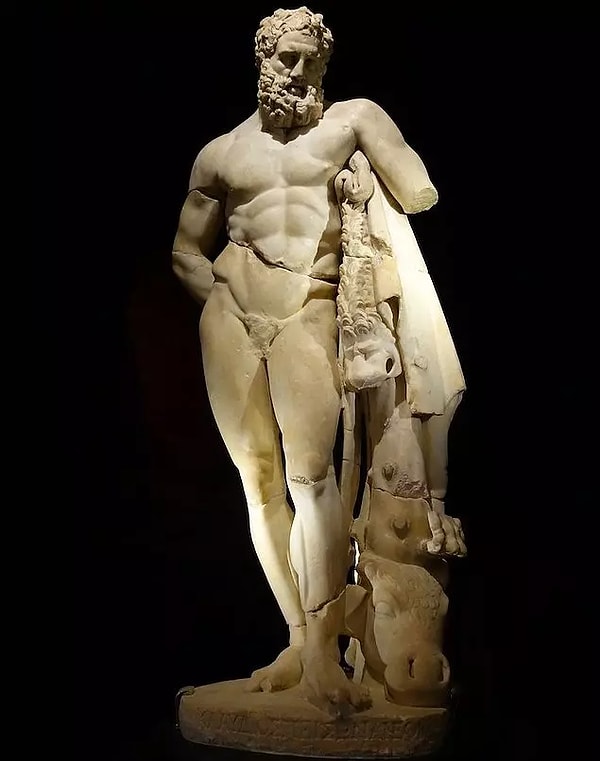
This is a Roman marble sculpture of the mythological hero Heracles from the MP4 century. It is displayed at the Antalya Archaeological Museum.
6. Urfa Man:
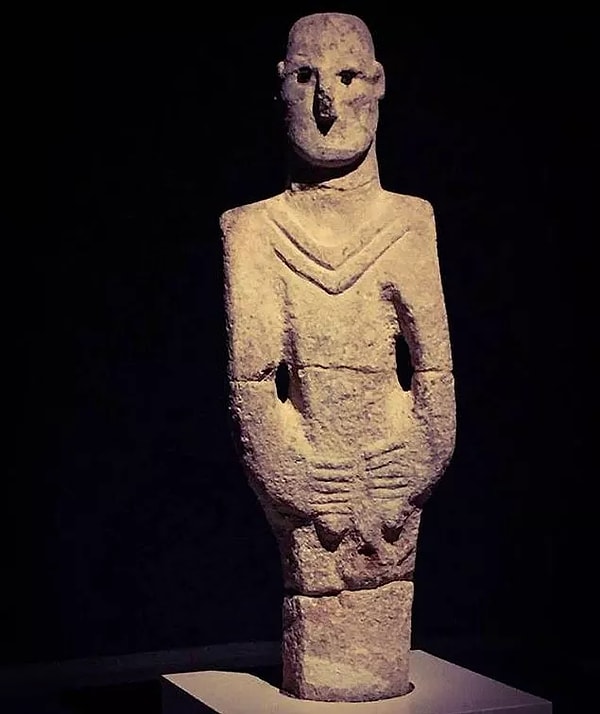
This is a prehistoric statue from around 10,000 BC, discovered in the ancient city of Urfa. It is considered one of the most important prehistoric artifacts in Turkey and is now displayed at the Şanlıurfa Archaeological Museum.
7. Kilisik Statue:
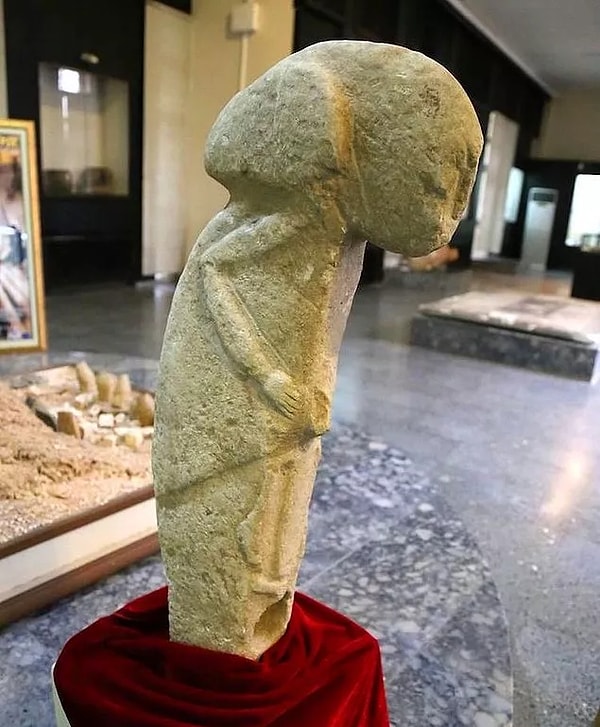
This is a Neolithic statue from around 7500 BC, discovered in the Kilisik Mound in southeastern Turkey. It is considered one of the earliest examples of human sculpture in Anatolia and is now displayed at the Adıyaman Museum.
8. Nike:
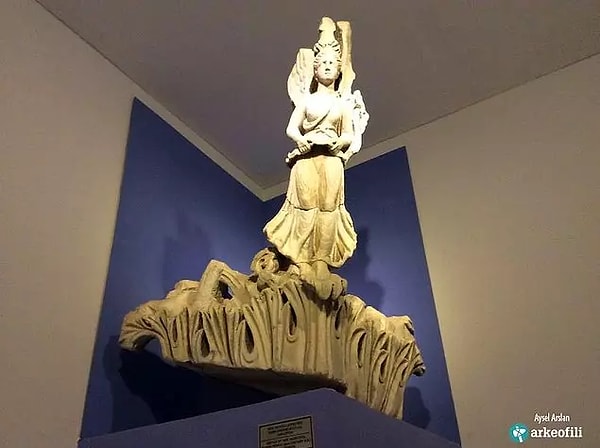
This is a marble statue of the Greek goddess of victory, Nike, from the 2nd century AD. It was discovered in Pergamon and is now displayed at the Pergamon Museum in Berlin.
9. The Head of Socrates:
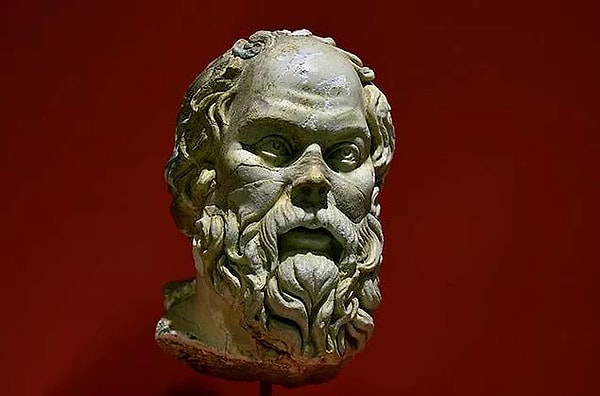
This is a Roman marble bust of the ancient Greek philosopher Socrates, dating back to the 4th century AD. It is displayed at the Ephesus Museum in Selçuk.
10. Şuppiluliuma II:

This is a statue of the Hittite king Şuppiluliuma II from around 1100 BC. It is displayed at the Hatay Archaeological Museum in Antakya.
11. The Head of Medusa:

This is a sculpture of the mythological creature Medusa's head from the Roman period. It is displayed at the Basilica Cistern in Istanbul.
12. Mars:

This is a Roman mosaic depicting the god of war, Mars, from the 3rd century AD. It was discovered in Zeugma and is now displayed at the Zeugma Mosaic Museum in Gaziantep.
13. Artemis:

This is a Roman marble statue of the Greek goddess of hunting, Artemis, from the 2nd century AD. It is displayed at the Ephesus Museum in Selçuk.
14. The "Joyful" Skeleton Mosaic:

This is a Roman mosaic from the 3rd century AD, depicting a skeleton holding a glass of wine and a loaf of bread. It is displayed at the Hatay Archaeological Museum in Antakya.
15. Nero and Agrippina:

This is a Roman marble group statue depicting the emperor Nero and his mother Agrippina, from the 1st century AD. It is displayed at the Aphrodisias Museum in Aydın.
Which one of these museums will you be visiting? Let’s meet in the comments!
Keşfet ile ziyaret ettiğin tüm kategorileri tek akışta gör!


Send Comment